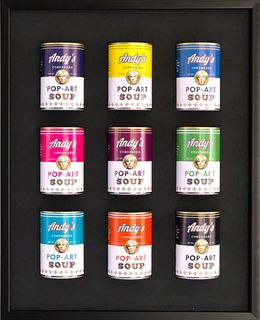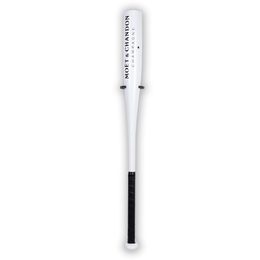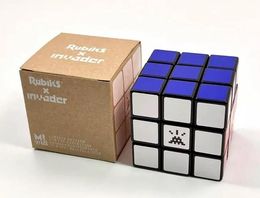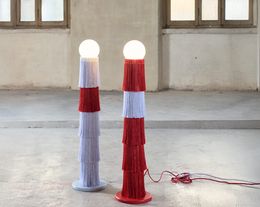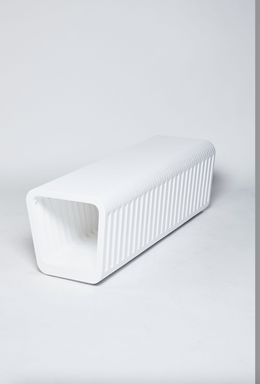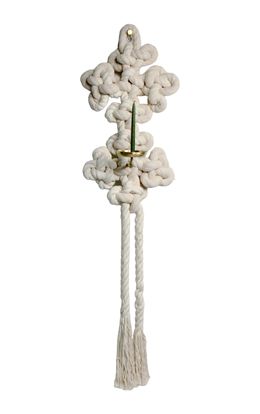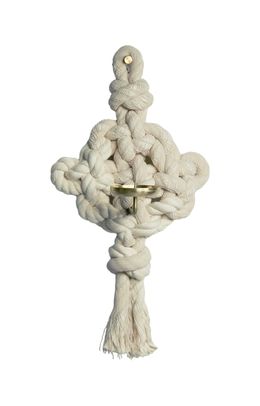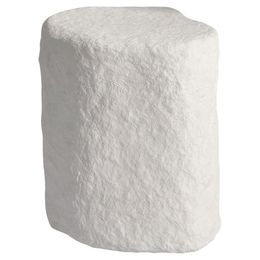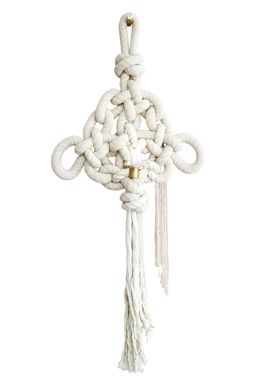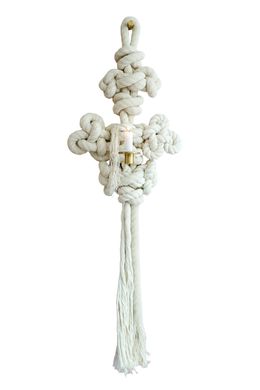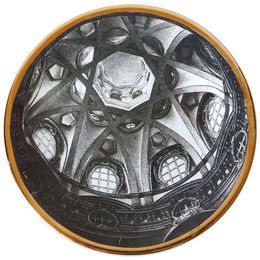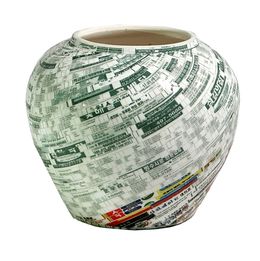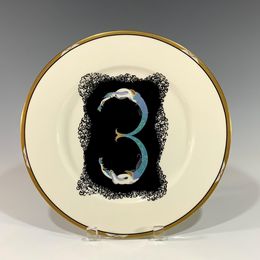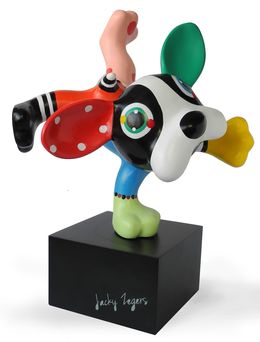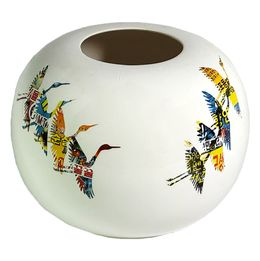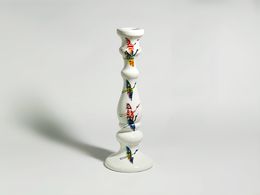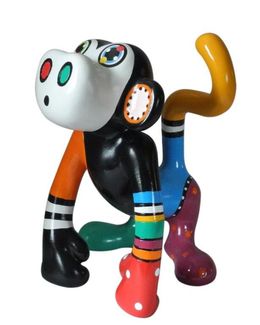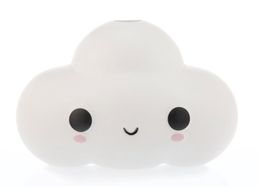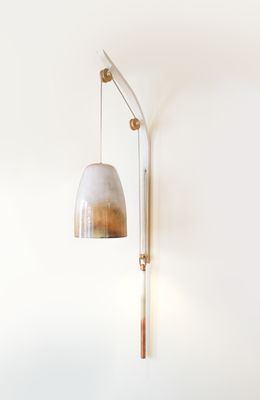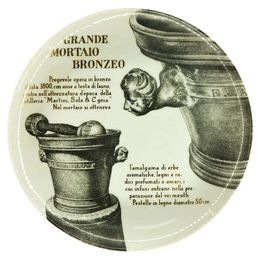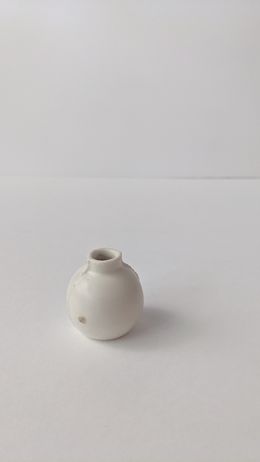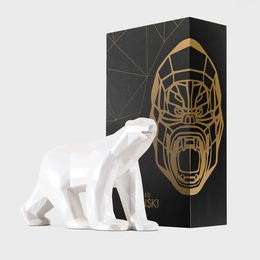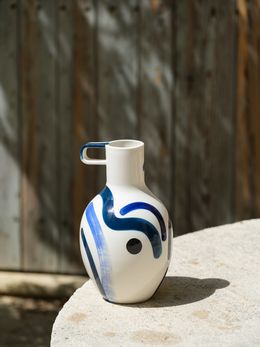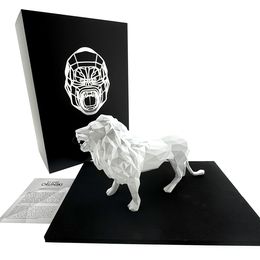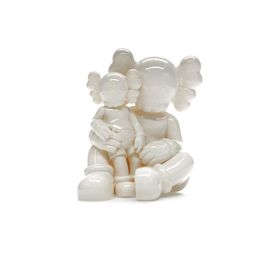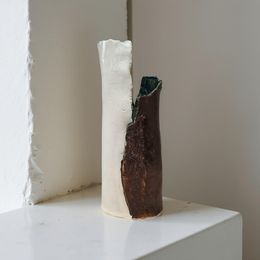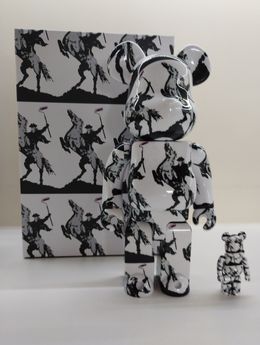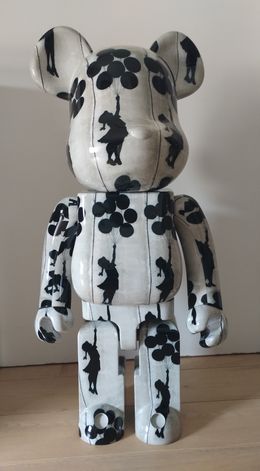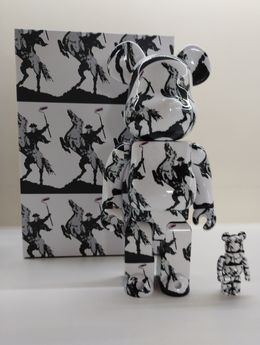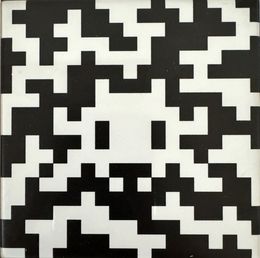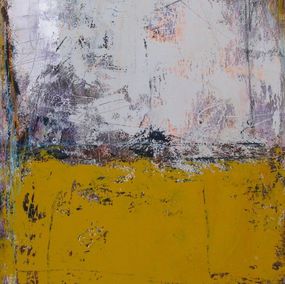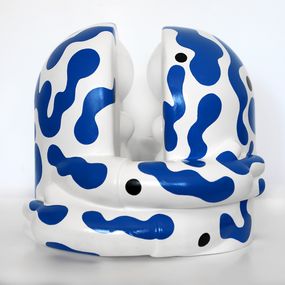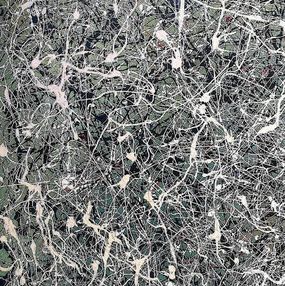
White Design for Sale
In physics, white is the sum of all the colours. To the human eye, white appears to be the total absence of colour. Amongst artists, white and its many uses in art are continuously evolving and challenging those who would embrace them. Is white, then, a non-colour, or an enhancer of colours? Intangible or material? Absence or excess?
Since Antiquity, white has been appreciated for its symbolic value. In Ancient Greece, where they would paint their statues, it was a sign of incompletion, whereas the Romans believed it showed pomp and imperialist virtue. With the rise of Christianity, white was used in opposition to black in order to emphasise moral dichotomies: the pure, divine white against the darkness. In some cases, however, white was used to show sickness or death, most notably in the pallid representations of the skeletal, crucified Christ.
In the Renaissance white was used to sublimate faces and backgrounds. Da Vinci even based his sfumato technique on the soft transition from light into darkness. Throughout the history of painting, white was considered precious for its ability to reflect light. It attracts the gaze even when used in the tiniest quantities, and illuminates the subject, drawing out stunning contrasts as seen in the works of Rembrandt, or in Vermeer's famous Girl with the Pearl Earring.
With the rise of Impressionism, white was used as the brightest tone amongst shades of grey. While Manet produced canvases which were forerunners to monochromes, including The Reader, which was almost pure white, Monet delivered a stunning gradient of whites whilst recreating the snow at his home in Giverny. The first true white monochrome appeared with the arrival of Malevitch's White Square on a White Background. The artist said 'I have broken the blue boundary of colour limits, and come out into the white'.
Modernists were equally passionate about white and valued it incredibly highly. Miro in particular questioned the status of white on canvases. In his painting Woman, Bird and Star white is in parts boldly painted, but is also distinctive for its absence around the star. Picasso, on the other hand, explored white in conjunction with his famous coloured periods. Piero Manzoni became famous thanks to his 'achromatic' paintings, a series of canvases produced exclusively in shades of white. Moving into the 20th century, white became synonymous with minimalist abstraction. For artists like Kandinsky, white was a cosmic colour, associated with a spiritual search for the absolute, guiding the artists as he seek to express his emotions.
Today, white remains an ever popular subject. Roman Opalka made his name creating a series of white numbers of a white background, while Daniel Arsham reinvents white walls in galleries by letting his artwork drip down onto them. White is a colour with multiple symbolic interpretations. The colour of divinity or humility; of purity and immaculate, of emptiness and absence, but always colour. If blue has Klein and red has Rothko, it appears that no artist has yet succeeded in fully mastering white – but maybe you'll find them in our selection!
Save your search and find it in your favorites
Save your search to find it quickly
Saved search
Your search is accessible from the favorites tab > My favorite searches
Unsaved search
A problem occurred
